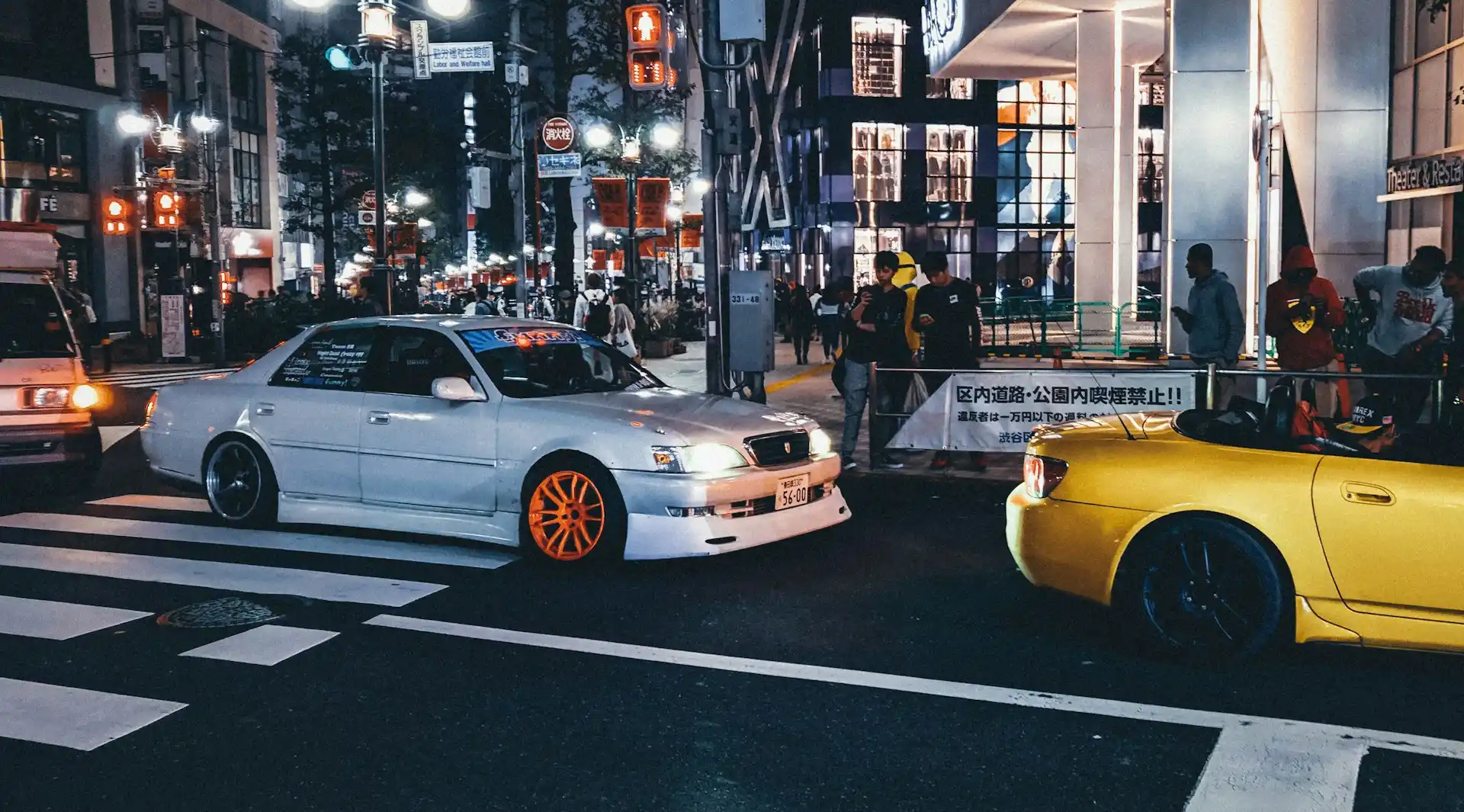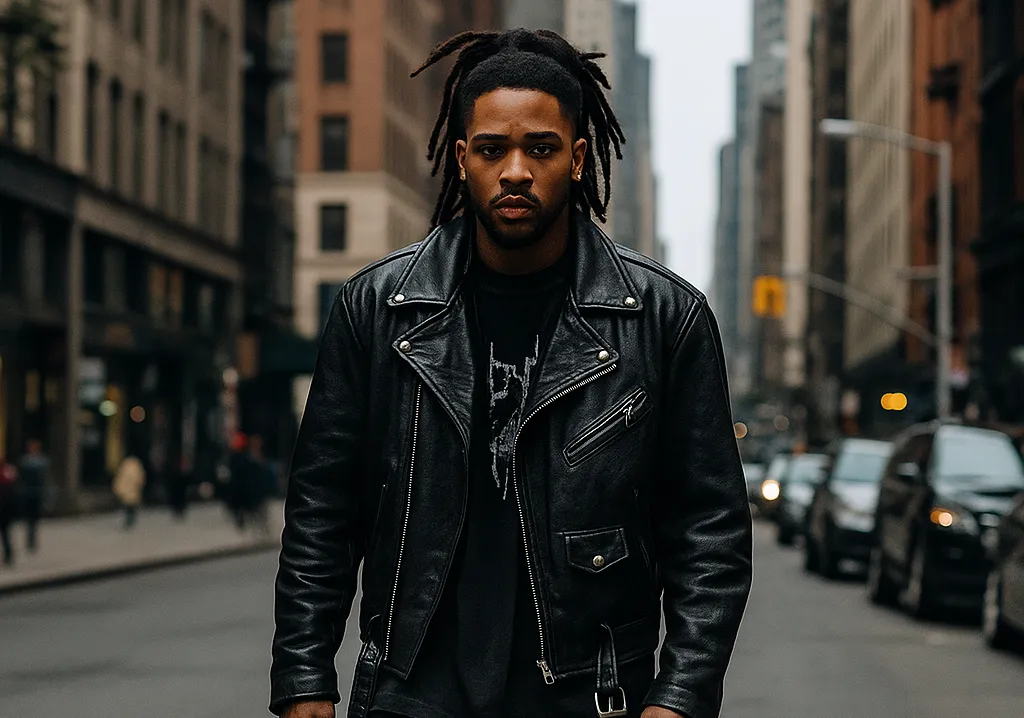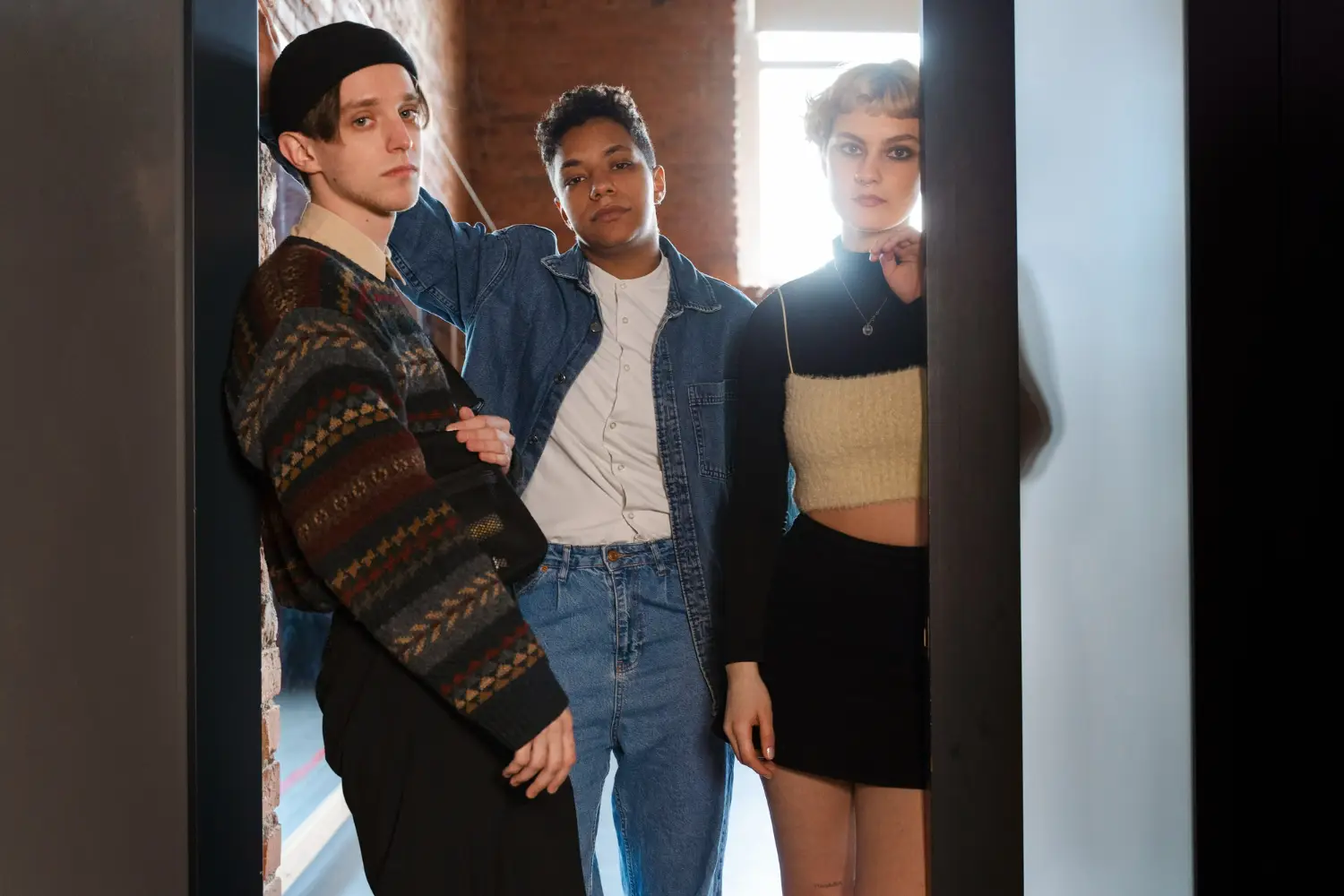Japanese Car Culture: A Deep Dive into Speed and Style
BY BoringMonday
April 09, 2025

Japan’s car scene is more than just modified vehicles — it's a subculture born from passion, rebellion, and innovation. From the late-night touge runs in the mountains to neon-lit street meets in Tokyo’s industrial districts, Japanese car culture has become an international obsession.
The Roots: 90s Japanese Car Culture Explosion

The 1990s were a golden era. This was the time of the Nissan Skyline GT-R R34, Toyota Supra MK4, Mazda RX-7, and the Honda NSX. These cars weren’t just high-performing — they were beautiful, reliable, and highly tunable. The tuning shops like Top Secret, Spoon Sports, and Veilside became legendary.
During this period, car magazines, VHS street racing compilations, and the rise of drift culture (thanks to pioneers like Keiichi Tsuchiya) helped push this underground movement into the mainstream.
Top Highlights of 90s JDM Culture
Street Racing & Wangan Midnight – Illegal highway battles on Tokyo’s Bayshore Route.
Touge Battles – Mountain pass drifting, emphasizing driver skill and car balance.
Initial D Influence – The manga and anime that inspired a generation to drift.
Car Tuning Boom – A wave of innovation in turbochargers, aero kits, and suspension tuning.
Japanese Street Car Culture: Modern Interpretations
Today, car meets still thrive — in parking lots, industrial parks, and hidden garages. Enthusiasts gather with precision-modified Nissans, Toyotas, Subarus, and even kei cars. There’s a blend of nostalgia and innovation: classic body lines meet futuristic tech.
Common Street Styles
Shakotan – Lowered cars with exaggerated camber.
Kaido Racer – Bosozoku-inspired with huge exhausts, flared fenders, and wild liveries.
Time Attack Builds – Track-focused vehicles optimized for lap times.
VIP Style – Luxury sedans lowered on deep-dish wheels with plush interiors.
The Bosozoku Connection

Once feared and frowned upon, Bosozoku gangs left their mark not only on motorcycle and car culture but on fashion and aesthetics too. Their influence is seen in exaggerated exhausts, custom bodywork, and anti-establishment attitude that still thrives in specific car scenes.
Japanese Car Culture and Global Influence
From Tokyo to LA, Japanese car culture has inspired an entire generation worldwide. Events like Tokyo Auto Salon, D1GP, and even popular video games (like Gran Turismo or Need for Speed Underground) pushed Japanese tuning culture into the limelight.
In the West, the Fast & Furious franchise — especially “Tokyo Drift” — played a crucial role in making the style iconic.
Key Global Impacts
Global JDM Communities – Online forums, car clubs, and YouTube channels dedicated to Japanese cars.
Import Scene Growth – Surging demand for RHD JDM cars in the U.S., Canada, and Europe.
Fusion with Streetwear – Car culture merges with sneaker culture, anime art, and independent fashion brands.
How to Get Into Japanese Car Culture
Start Small – Begin with an accessible car like a Honda Civic, Miata, or older Silvia.
Join Online Forums & Local Clubs – Communities like JDMYard, Club4AG, and local Discord groups are goldmines.
Respect the Roots – Learn the history before diving into builds.
Watch the Classics – From Initial D to Wangan Midnight, immerse yourself in the aesthetic and mindset.
Japanese car culture is a blend of mechanical excellence, street rebellion, and deep community ties. Whether you're chasing the nostalgia of the 90s or admiring the craftsmanship in a fully built drift car, the scene welcomes passion and individuality. And while trends come and go, the soul of Japanese car culture — its obsession with speed, style, and self-expression — remains timeless.
Topics :
Style Meets Substance
Find pieces that move with you. Every article has a story — now wear one that speaks yours.

Recommendation Lifestyles

Lifestyles
Fast Fashion vs Sustainable Fashion: Making Conscious Choices for a Better Future
March 22, 2025

Lifestyles
ASAP Rocky’s Street Style: From Harlem Roots to Fashion Royalty
May 02, 2025

Lifestyles
Rewriting Streetwear: The Rise of Sustainable Fashion in 2025
July 15, 2025

Lifestyles
Golf Streetwear Is Redefining the Fairway Fashion Code
July 21, 2025